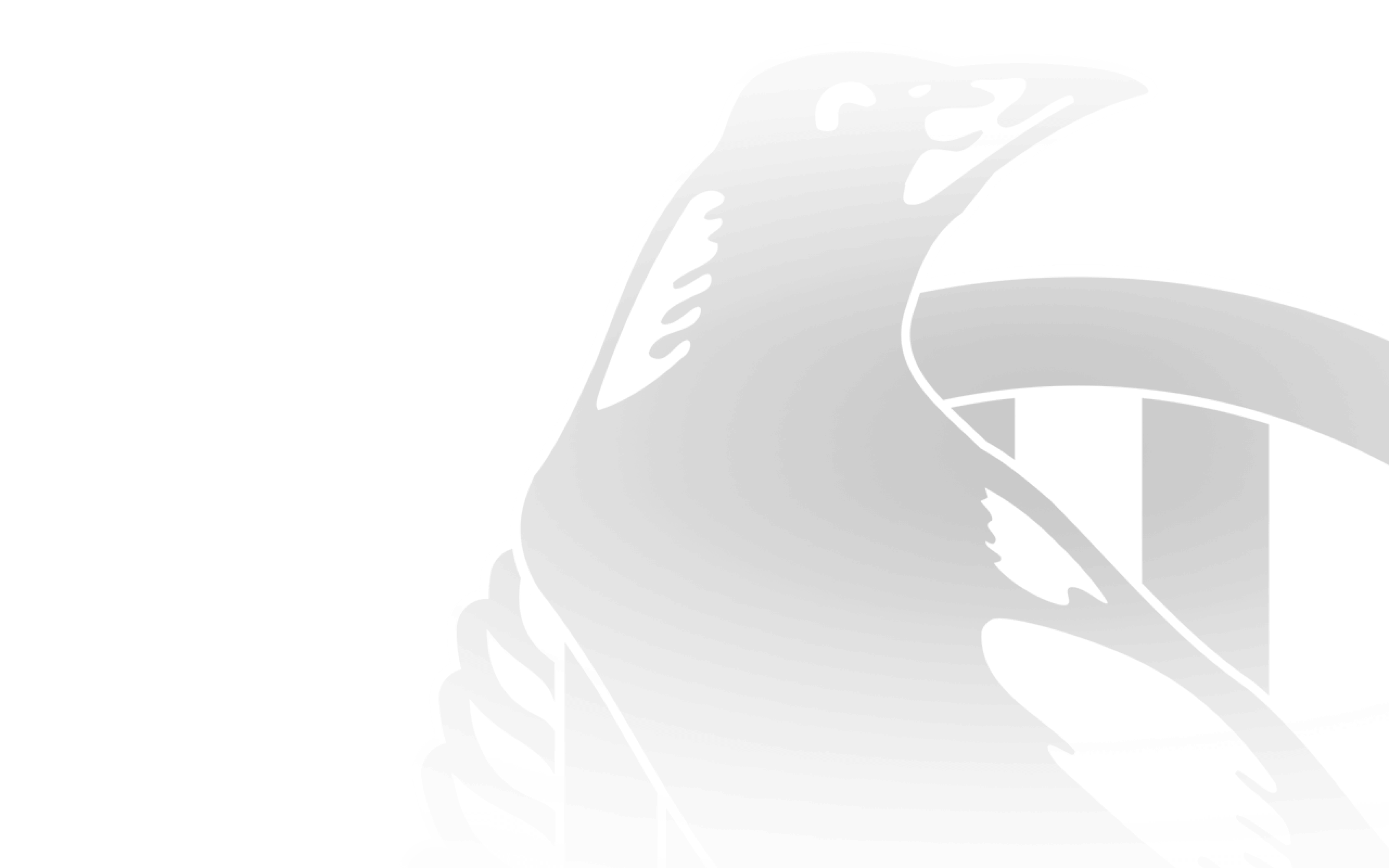A rusty old bayonet recovered from the battlefields of Pozieres has been presented to the Collingwood Football Club in remembrance of one of the Magpie players who died there 100 years ago.
Paddy Rowan (real name Percy Rowe) died in December of 1916 when he was struck and mortally wounded by a shrapnel shell that burst above his trench during fierce fighting in the Battle of the Somme.
Pozieres, a small village in northern France, was an important German defensive post during the First World War. The Battle of Pozieres, fought between July and September 2016, was part of the longer and larger Battle of the Somme. It liberated the village and returned it to Allied hands – but at massive cost. Australia suffered around 23,000 casualties – including nearly 7000 deaths – in roughly six weeks, a similar number to that suffered at Gallipoli in eight months.

Photo: Michael Roberts.
The casualties included a number of VFL/AFL footballers. Rowan died near Pozieres as the fierce Somme fighting continued, even after the Battle of Pozieres had concluded.
The president of the Pozieres Remembrance Association, Barry Gracey, recently forwarded to Collingwood an old, rust-covered Australian bayonet that had been recovered from the area. With it he sent a framed certificate, which says in part:
"The bayonet was recovered from the fields of the village, and it is presented by the Mayor and Citizens of Pozieres in memory of those men from the AFL, like Percy Rowe, who fought and died to give us the freedom we enjoy today."
The certificate is signed by Mr Gracey and the Mayor of Pozieres, Mr Bernard Delattre.
Rowan was an outstanding country footballer who came to Collingwood from Bendigo in 1911 under an assumed name so that he would not be disqualified from playing by his local league. He became an important part of the Magpie teams that followed and a leader in a young group. He became particularly close mates with 'Doc' Seddon, who would survive the War and return to Australia to care for Rowan's widow and the young son he never got to see.
The bayonet and certificate are currently on display in the foyer of the Holden Centre.
To find out more about the Pozieres Remembrance Association, please visit pozieresremembered.com.au
Collingwood players who served in the First World War (1914 - 1918)
Click on each player's name to learn their story.
Shortly before three of Collingwood's best footballers of the day, Jim Jackson, 'Doc' Seddon and Paddy Rowan, set off for the battlefields of Europe in 1915, the Football Record left no doubt about the impact they thought our footballing soldiers would have.
"They are just the kind of men to make ideal fighters for the Empire," the Record wrote.
"They have played the game of 'ball magnificently, and when they get going against the murdering Kaiser's mob they will make their presence felt."
Jackson and Seddon returned home after the war, and both once again pulled on the Collingwood jumper.
But Rowan never made it back: he died in France late the next year, leaving behind a grieving widow and a young son he never got to see.
Jackson, Seddon and Rowan were just three of the Collingwood footballers who served in the First World War. In all, some 57 Magpies fought the good fight, including those who were in the middle of their careers at the time, those who had already left the club, and those who would not play with the Pies until later.
Of the 57 Collingwood players, eight died, and others lost brothers. Players who lied about their age to sign up young, others who were so determined to serve their country they enlisted when they were on the wrong side of 40. But there are also the stories of life at home – on and off the football field.
One player who lost his little daughter in a house fire, another who lost one brother in a mining collapse and another in a pool accident. Several players who lost their lives in freak accidental deaths back in Australia. Potentially outstanding football careers were cut short.
There are also inspirational stories of courage, and of lives rebuilt after the unimaginable horrors of the First World War. Players who enjoyed long careers, or who served the game off the field. Others who succeeded in life outside of football. And a select few who fronted up again for the Second World War.
In the lead up to ANZAC day 2016, it's the ideal time to reflect upon the stories of these 57 Collingwood men who hold a unique place in the club's history.
As the Football Record noted in that 1915 article: "Aye, it is a great honour for any footballer … to be one of the team that is playing the game against our enemies just now."


